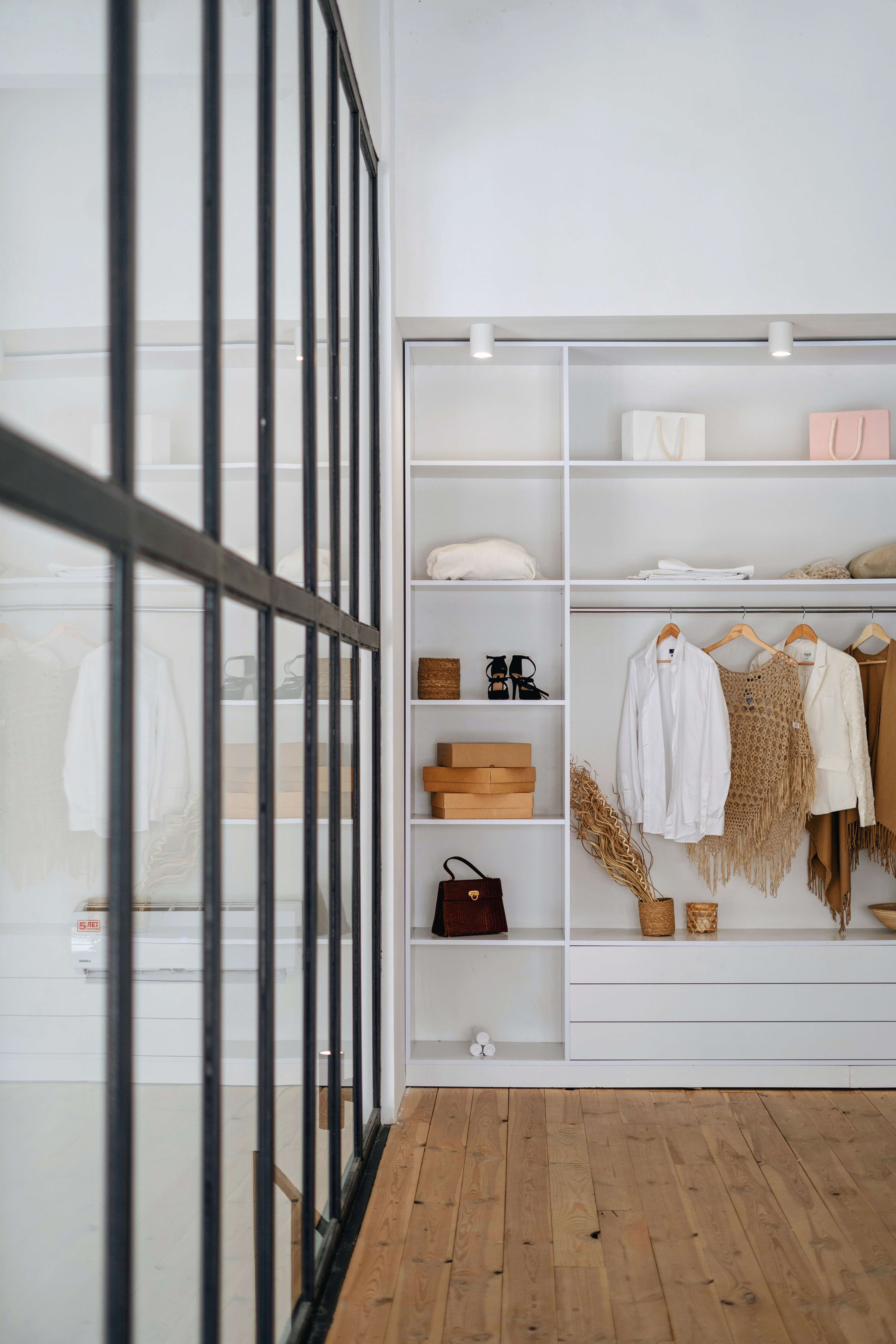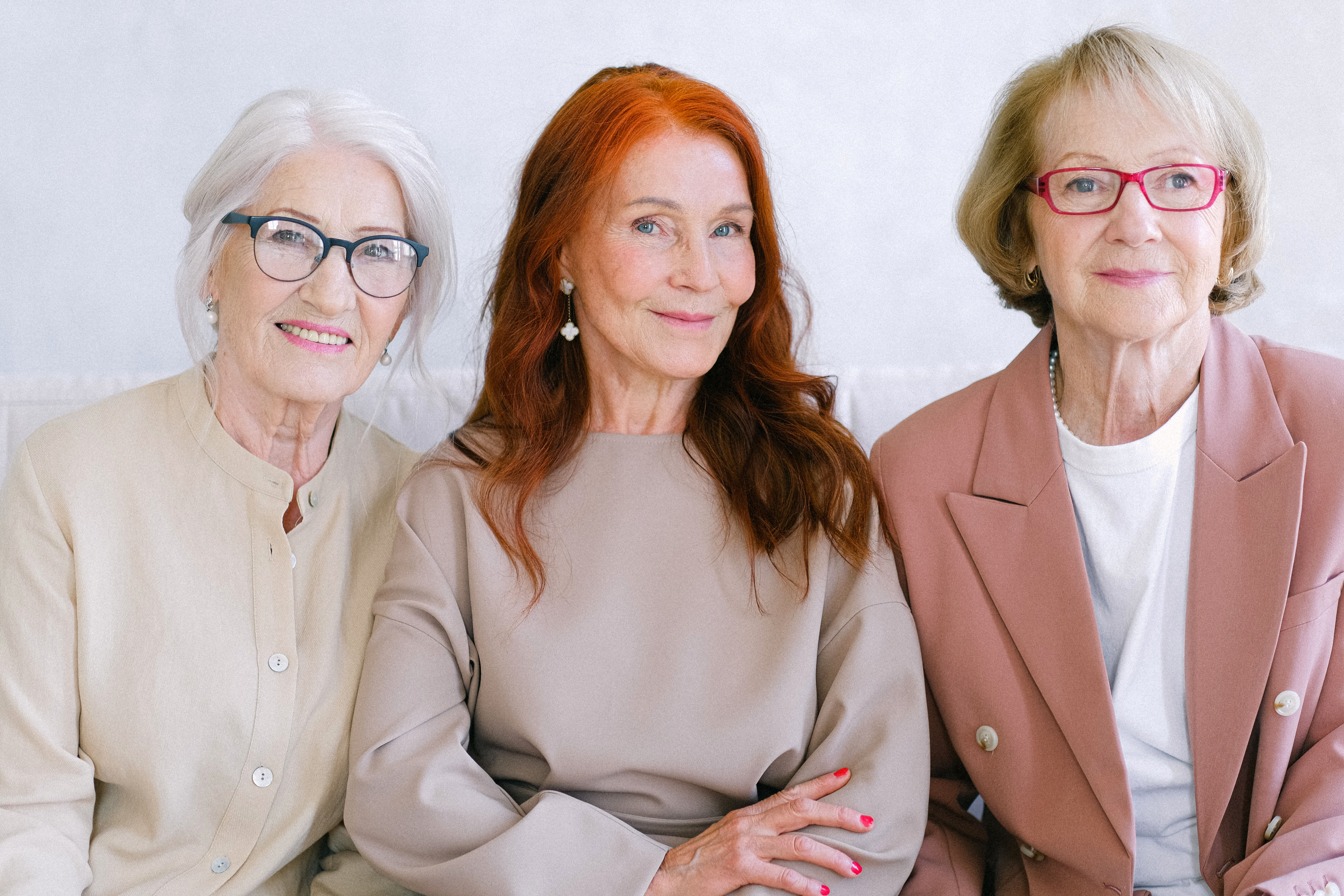& #WowOnWednesday
This huge discrepancy is highlighted in the 2023 Is This Mutton annual survey.
The phenomenon of brands shunning older consumers is not a new one. In 2020 The Guardian (UK) reported that the fashion and beauty industry’s “shameful sidelining” of older consumers could cost it £11bn over the next 20 years, according to research by the International Longevity Centre (ILC-UK).
In the Is This Mutton survey, brands who were praised for featuring older women in their marketing and photography included M&S (although they were also criticized), Look Fabulous Forever, Seasalt, Land's End, Dove, The Bias Cut, Girlfriend Collective, Universal Standard and Snag.
Those who are failing to be inclusive include John Lewis, Superdry, Kettlewell, Asos, J Crew, Banana Republic and Boden. Meanwhile the recent Fashion Weeks in London and Italy also failed to make much progress on their runways in terms of older models being used, among them Prada, run by a 73 year old woman.
The survey in UK-based blog Is This Mutton examined women's buying habits and sources of inspiration. The majority of women who took part was aged 50+ and living in the UK or USA. There were also respondents in Italy, Portugal, Australia and Canada.
The results showed that older women are voracious shoppers who know what they like. Nearly 55% believe they are more stylish now than they were when they were in their 20s. Online shopping is far more popular than visiting stores, and mid-life women tend to shop a mix of online, in-store and charity or thrift shops.
Let's Look at Those Buying Habits
Research shows that the over 50s have more disposable income than young people. The US Federal Reserve's data in 2020 showed that despite making up the largest portion of the workforce, millennials controlled less than 5% of the US's wealth.
And it's reflected in the Is This Mutton survey results. More than 50% buy clothes whenever they feel like it, with 23% saying they buy something at least once or twice a month.
Partners and spouses have very little influence over our choices. The old stereotype of women hiding purchases away is exactly that - an old, and outdated, stereotype. Just 12% hide purchases from their spouse or partner. If asked about what they're wearing, nearly 68% will say "Yes it's new," compared to 8% who reply "What, this old thing?"
It looks as if a lot of us are making bad decisions when we buy. 65% have clothes they haven't worn for six months or more, while 54% have inadvertently bought duplicates of garments they already have. With 83% not using any system to catalog their wardrobe, there's a big opportunity for style consultants.
We have a lot of clothes. 63% have two wardrobes. 5% have 5 or more wardrobes. We would probably need more wardrobes if we weren't storing clothes which are out of season. Let's crunch some numbers on "How Many" we have.....
- Shoes, boots and other footwear: average 40-50. Lowest was 5, highest was 320 pairs (it wasn't me, honest)
- Winter coats: average of 4 or 5
- Swimsuits: average of 2
- Hats: average of 6. Highest was 45










Very interesting. But I think it's a very slow process. Look at how long it took to see the fuller women in ads. As long as we be ourselves.
ReplyDeleteTrue Nancy. Every now and then we see progress but then it stops.
DeleteChange doesn't happen overnight and I'm sure it doesn't help when the people working for brands are young. Maybe that's a good reason for us older folks to stay in our jobs and push for this!!
ReplyDeleteXoox
Jodie
www.jtouchofstyle.com
I gave up work 6 months ago (digital marketing) but hopefully can push via the blog, LinkedIn and IG. The more we highlight the issue - particularly against inclusivity targets - the more likely we are to have success xx
Delete